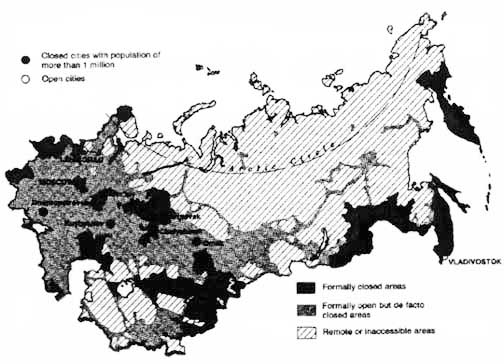|
The Impact of U.S. Aerial Reconnaissance during the Early Cold War (1947-1962): Service & Sacrifice of the Cold Warriors Chapter 1 The Birth of the Cold War The Great Unknowns: Piercing the Iron Curtain After World War II, Stalin tightened Soviet borders and those of its newly acquired satellites to create the world’s most closed society. This posed a great dilemma for the U.S. because not only could Western leaders not gauge Soviet progress in weapons development, they also could not determine Soviet intentions either. While the U.S. Congress was debating and getting ready to approve the financial aid requested in the Truman Doctrine to help stem the communist threat, British Prime Minister Winston Churchill was giving a speech which outlined the problem, and its inherent danger, regarding the Soviet Union. More commonly referred to as his “Iron Curtain” speech, Churchill’s “Sinews of Power” address in Fulton, Missouri on 5 March 1946 outlined some of the Prime Minister’s beliefs about the Soviet threat
Closed Behind the Iron Curtain In addition to making its society more closed, the USSR had relocated most of its industry behind the Ural mountains during WW II as a countermeasure to German occupation of the Western areas of the USSR. After the war, the Soviets not only left their industry behind this territorial “buffer” but also established new weapons research areas in this region using factories dismantled and sent back into the Soviet Union as war reparations. The USSR use of captured Axis and Allied POWs as sources of knowledge, information and labor for its expanding weapons industrial base was also of great concern. (9) |
|||||||
 |
|||||||
|
Source: Harry F. Young, Atlas of the Soviet Union |
|||||||
| To top off the USSR’s secretive and closed nature, U.S. intelligence did not even have accurate maps of the USSR from which to determine where many of these new strategic assets were located. The best aerial photographs available to U.S. war planners were those taken by Luftwaffe reconnaissance flights over the Western USSR and captured by the U.S. after the war. Virtually no current maps or aerial photographs of regions beyond the Urals and into Siberia and the Far East existed.
Not only was political and economic information needed to determine Soviet strengths, weaknesses and intentions, but military intelligence was needed should armed conflict ever occur between the U.S. and USSR. War planners needed very specific intelligence information about adversaries’ strengths and weaknesses should they be called on to defend against or attack the USSR. Posed with this dilemma, military intelligence agencies and the newly established Central Intelligence Agency (CIA) had limited tools with which to collect information on the USSR. One such method was Human Intelligence (HUMINT). In operation REDSOX, the CIA trained and infiltrated former Soviet and ethnic foreign nationals behind the Iron Curtain to collect intelligence and to stir up indigenous insurgencies. (10) Unfortunately, Soviet security forces developed excellent counterinsurgency tactics and few reports or useful intelligence came from this effort—at a cost of hundreds of lives. A more fruitful, yet still inadequate source of HUMINT came from the debriefing of released POWs and detainees after the war called Project PAPERCLIP and from information gathered by U.S. attaches who attended and reported what they learned at official Soviet functions. To fill in the missing pieces that could not be acquired from HUMINT, a primary means of acquiring required military intelligence became Signals Intelligence (SIGINT). The collection, value and use of SIGINT was the most closely held and tightly controlled secret means of intelligence gathering during World War II. Now that the war was over, the refined methods and means of collecting SIGINT were reapplied from Germany and Japan to the Soviet Union and other Communist nations. In a time before overhead satellites and the computer age, manned aerial reconnaissance around and over our potential adversary’s borders would soon become one of the primary means of intelligence gathering during the early years of the Cold War—especially after the USSR tested its own atomic device. |
|||||||
|
Attributions (8) Winston Churchill, “The Sinews of Power,” URL: http://www.churchill-society-london.org.uk/ End of Page 3 of 4 Pages, Chapter 1 — Go to Page 4 You may go to Page — 1 — 2 — 3 — 4 — this chapter or you may go to Cover Page — Editor’s Introduction — Overview Acknowledgments — Table of Contents Appendixes — A — B — C — D |
|||||||